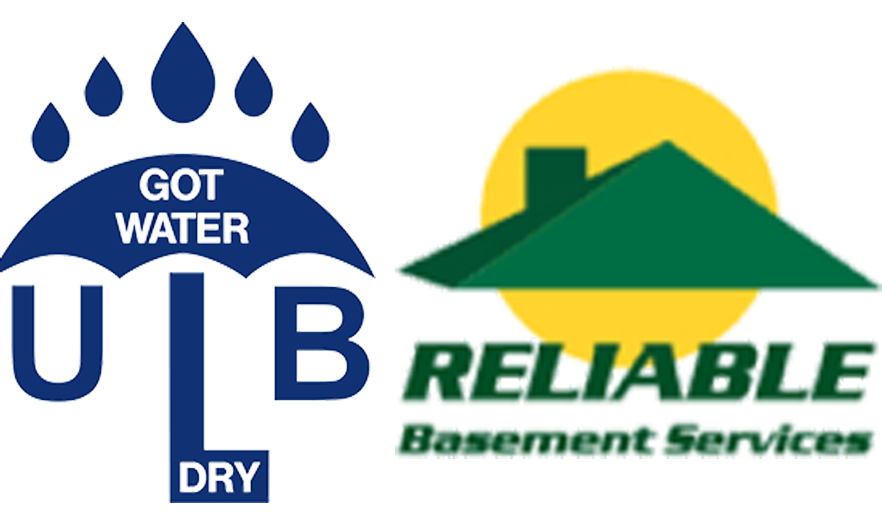Due to their below-ground location in the home, basements are more likely to flood than other areas of the house. After all, water is likely to travel to the lowest point of the home. While it’s not something that any homeowner ever wants to come home to, the fact is that it does happen, it is fairly common and water can enter the basement at any time of the year due to a number of issues. But before we get into the importance of taking proactive measures against flooded basements, it’s also important that homeowners know what to do in the event of such an incident. Here’s a quick look.
What to do if your basement floods
So just how do you handle a flooded basement? Here’s a look:
- Assess it: Is it a small or large amount of water? Decide whether you should call your insurance agent to file a claim and/or a professional restoration company to pump out the water and repair any damages.
- Be safe: If you decide to enter the basement to remove items or shut off appliances, wear waterproof boots and gloves. The water may be contaminated, so safety is paramount. Water loss situations are typically classified by three categories. Category 1 is a flood where the water is clean, where Category 3 water is highly contaminated water (i.e. sewage backup). Category 2, as you might guess, is water that may be contaminated.
- Remove water: Sometimes, water flows through flooring drains. Other times, however, it may need to be extracted with a wet/dry vac or pumped outside. For severe flooding, professional extraction may be necessary.
- Remove any porous items affected by the water (i.e. carpeting, clothing, etc.). Many non-porous items are likely salvageable. For specialty or valuable items that were damaged, a special contents firm may be able to help with cleaning.
- Open windows and doors to help the basement dry out. You can even rent dehumidifiers and special air blower fans from a local hardware store to help.
- Clean and disinfect: Wherever there’s water, there’s the potential for mold growth. Be sure to clean and disinfect affected areas to minimize the risk of mold. For reference, mold can begin to grow within 24 to 48 hours.
Last, but not least, the only way to ensure that your basement doesn’t flood again is to take the appropriate measures to correct the issue that led to the flood in the first place. While some of this can be done by adjusting how water drains from around your home, qualified foundation waterproofing Lombard, Illinois, can also help seal cracks, install drain tile systems and exterior drain systems to keep water out of your property. Sump pump installation, repairing tie rod leaks and fixing other seepage issues can also help keep your basement dry.
While basements are somewhat prone to flooding, don’t think that there’s nothing that you can do to prevent it from happening. From properly grading your lot to ensuring that exterior and interior wall cracks are sealed, there’s a lot that you can do to keep your basement dry and your home healthy.





